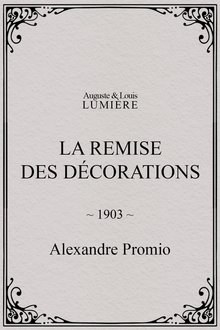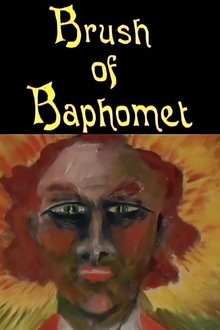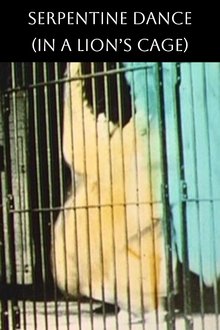A hunter and his native helpers set up a trap, then taunt and shoot a panther. Next we see the locals skin the animal.
Related Movies

Nanook of the North (1922)
This pioneering documentary film depicts the lives of the indigenous Inuit people of Canada's northern Quebec region. Although the production contains some fictional elements, it vividly shows how its resourceful subjects survive in such a harsh climate, revealing how they construct their igloo homes and find food by hunting and fishing. The film also captures the beautiful, if unforgiving, frozen landscape of the Great White North, far removed from conventional civilization.
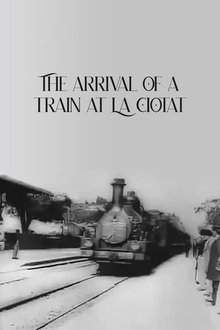
The Arrival of a Train at La Ciotat (1896)
A group of people are standing along the platform of a railway station in La Ciotat, waiting for a train. One is seen coming, at some distance, and eventually stops at the platform. Doors of the railway-cars open and attendants help passengers off and on. Popular legend has it that, when this film was shown, the first-night audience fled the café in terror, fearing being run over by the "approaching" train. This legend has since been identified as promotional embellishment, though there is evidence to suggest that people were astounded at the capabilities of the Lumières' cinématographe.
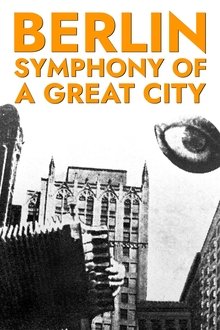
Berlin: Symphony of a Great City (1927)
A day in the city of Berlin, which experienced an industrial boom in the 1920s, and still provides an insight into the living and working conditions at that time. Germany had just recovered a little from the worst consequences of the First World War, the great economic crisis was still a few years away and Hitler was not yet an issue at the time.

The Way to the Sea (1936)
A 1936 documentary film about the London to Portsmouth railway. A lesser known contemporary of Night Mail, also featuring the music of Benjamin Britten and poetry of W.H. Auden.
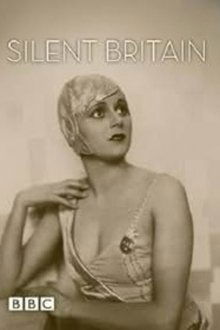
Silent Britain (2006)
Long treated with indifference by critics and historians, British silent cinema has only recently undergone the reevaluation it has long deserved, revealing it to be far richer than previously acknowledged. This documentary, featuring clips from a remarkable range of films, celebrates the early years of British filmmaking and spans from such pioneers as George Albert Smith and Cecil Hepworth to such later figures as Anthony Asquith, Maurice Elvey and, of course, Alfred Hitchcock.
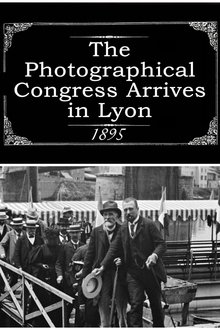
The Photographical Congress Arrives in Lyon (1895)
Down the gangway, photographers leave the deck of a riverboat in large numbers.
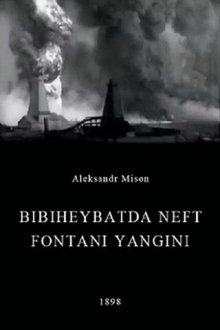
Oil Gush Fire in Bibiheybat (1898)
The film was filmed in Bibi-Heybat, a suburb of Baku (now the capital of Azerbaijan), during a fire at the Bibi-Heybat oil field. The film was shot on 35mm film by the Lumiere brothers in 1898. On August 2 of the same year, a demonstration of Alexander Michon's program took place, which included the film "Fire at an oil fountain in Bibiheybat".
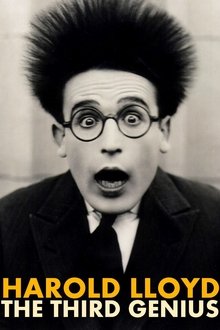
Harold Lloyd: The Third Genius (1989)
A film about the career and methods of the master silent comedy filmmaker.

Censored! (1999)
A documentary about the cultural effect of film censorship, focusing on the tumultuous times of the teens and early 1920s in America.
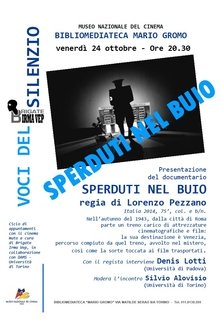
Sperduti nel buio (2014)
Documentary about the lost 1914 film "Sperduti nel buio". Film historian Denis Lotto journeys across Europe following the trail of the lost movie.

Sacred Site (1986)
High-speed film and time-lapse photography combined to create breathtaking images of the night sky and Halley's Comet in this astronomical short subject.
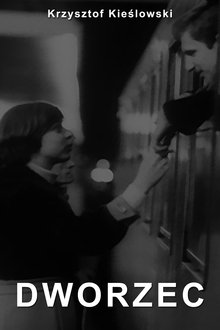
Railway Station (1980)
Warsaw's Central Railway Station. 'Someone has fallen asleep, someone's waiting for somebody else. Maybe they'll come, maybe they won't. The film is about people looking for something.

Woman Draped in Patterned Handkerchiefs (1908)
Woman Draped in Patterned Handkerchiefs is a 1908 British short silent documentary film, directed by George Albert Smith as a showcase his new Kinemacolor system, which features a woman displaying assorted tartan cloths, both draped on her body and waved semaphore-style. The patterned handkerchiefs are, according to Michael Brooke of BFI Screenonline, “presumably the same cloths featured in Tartans of Scottish Clans (1906), this time shown from various angles.”
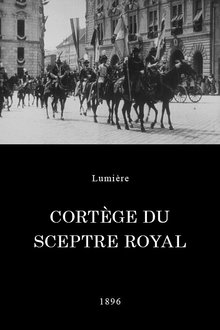
Budapest : cortège du sceptre royal (1896)
These two views were taken during the celebrations given in 1896 on the occasion of the millennium of the foundation of the kingdom of Hungary. Horsemen and men on foot parade, all dressed in historic uniforms.

Spiders on a Web (1900)
Consisting of a single shot, Spiders on a Web is one of the earliest British examples of close-up natural history photography. Made by one of the pioneers of the British film industry, G.A. Smith, this short film details spiders trapped in an enclosure, and despite the title, does not actually feature a web.
